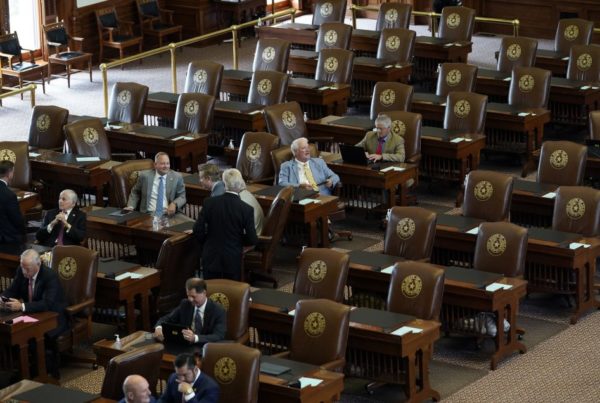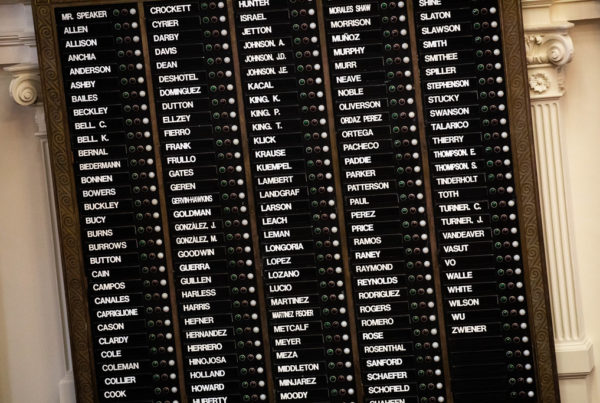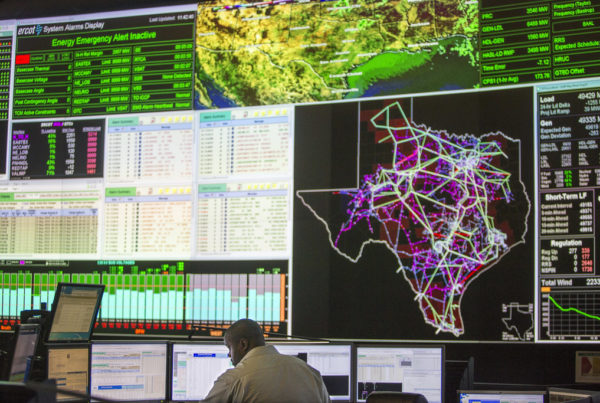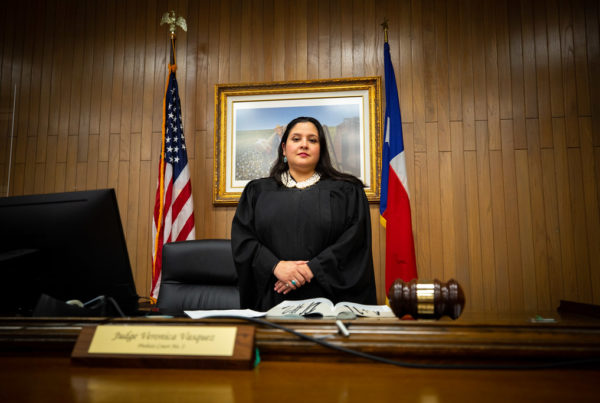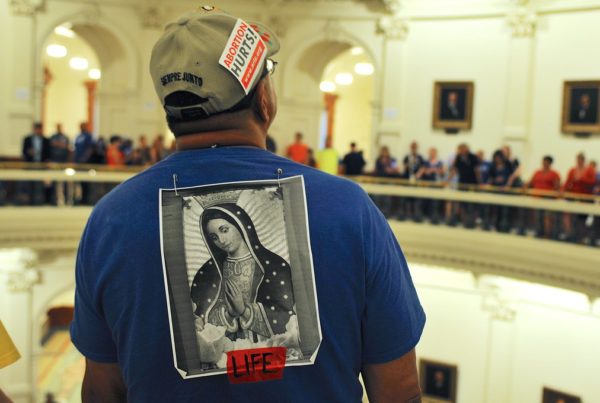One way I know a book is special is if I keep thinking about it years after I first read it. “Miles and Miles of Texas: 100 Years of the Texas Highway Department,” by Carol Dawson and Roger Allen Polson, is such a book. I first read it several years ago, and even recommended it on air back then, but ever so briefly. I was unable to do it justice in the ten seconds I had to devote to it that day. So, let me give it the time it deserves right now.
One reason I have a particular fondness for the book is because my father drove me and my brothers all over Texas when we were kids and bragged about our great road system. This book makes my father’s case, and also, quite honestly, lays out just how early Texas political corruption (can you say Ferguson?) raided the highway funds and delayed the quality work that eventually became routine, thanks to meticulously ethical overseers who finally took charge.
This book is about how the Texas highway system got built, the story of how the state, as the authors say, “got the farmer out of the mud.” Farm to Market and Ranch to Market roads – FM and RM – were pioneered in Texas. The wildflowers being seeded along the highways was started long before Lady Bird Johnson took on the promotion of the practice as her special project, and enhanced it. That story is here.
“Miles and Miles of Texas” points out that “throughout recorded history, roads have provided opportunities for criminals.” Bonnie and Clyde used the good roads for fast getaways. Serial killers stalked the interstates. Smugglers of all kinds took advantage of the anonymity offered by crowded, fast-moving expressway traffic.
Roads do not always mean universal progress. Roads connect, but they also divide and circumvent. They unite some and isolate others. Eminent domain is often invoked for the public good, but it’s generally the poor that pay the biggest price for the “public good.”
What I most love about the book is that it is overflowing with marvelous anecdotes that are sometimes shocking, sometimes inspiring and sometimes just hilarious. One I found particularly amusing was how inmates working road construction during World War II got tired of people doing drive-bys with their kids just to gawk at them in their prison stripes. The inmates would pick the scariest looking among them and chain him to a tree with a forty-foot chain. Then, when cars would come by, he’d run after them until the chain grew taught and then he’d strain at the end like a zombie. The car would speed off with the kids staring out the back window, wide-eyed in horror. I imagine those petrified kids kept their parents up late into the night. Some poetic justice in that perhaps.
Another aspect of the book that is noteworthy is the photographs. They were chosen in close cooperation with the Texas Highway Department, which has phenomenal archives. The book contains dozens of these rare photographs of Texas roads and bridges in all phases of construction. The photographs were often taken by engineers and others uniquely involved in the building of roads so you feel privileged to see perspectives few have seen. This is a book that truly animates history because of the unique relationships between the photos and those who took them. Impressive, intricate research went into compiling this book.
I enjoy it as an extraordinary read, cover to cover, and as a coffee-table book to be perused at leisure.
Compared to other states, we have some impressive achievements in our road system. We have, as mentioned, the pioneering of FM roads, the landscaping of the highways for beauty and safety, the invention of the Texas turnaround (where you don’t have to go through the light to reverse direction on a freeway), and truly exceptional, even beautiful, roadside rest areas.
“Miles and Miles of Texas” is an entertaining collection of Texana. It’s worth a look.




